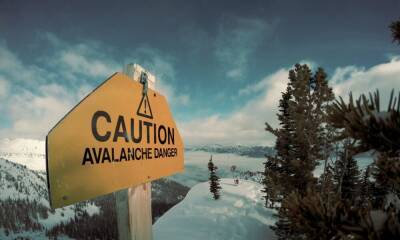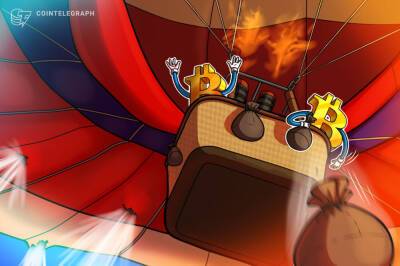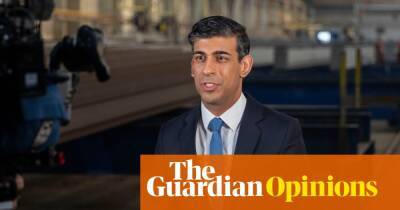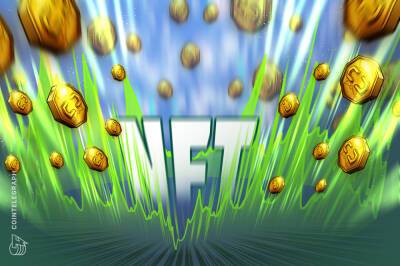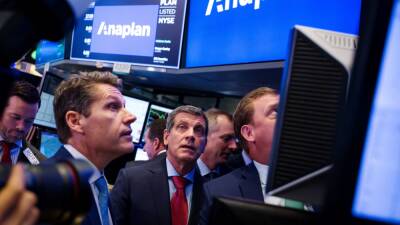Central banks have humanity’s future in their hands: they must not fail on inflation
Inflation is a disease that disproportionately afflicts the poor. Even before Vladimir Putin unleashed his brutal war on Ukraine, whose byproducts include soaring energy and food prices, inflation was already over 7.5% in the US and above 5% in Europe and the UK. Calls for its taming are, therefore, fully justified– and the interest rate rise in the US, with the same expected in the UK, comes as no surprise. That said, we know from history that the cure for inflation tends to devastate the poor even more. The new wrinkle we face today is that the supposed solutions threaten not only to deal another cruel blow to the disadvantaged but, ominously, to snuff out the desperately needed green transition.
Two influential camps dominate public discourse on inflation and what to do about it. One camp demands that the inflationary flames be smothered immediately by the monetary policy version of shock and awe: raise interest rates sharply to choke expenditure. They warn that delaying a little monetary violence now will only necessitate “Volcker shock” levels of brutality later – a reference to Paul Volcker, the Federal Reserve chair who quelled the hyperinflation of the 1970s with sky-high interest rates that scarred the American working class to this day. The second camp protests that this is unnecessary, counter-proposing a steady as she goes stance for as long as wage inflation is kept on a leash.
The two camps agree that rising wagesare the real threat, their disagreement focusing only on whether it is prudent to act before or after they start picking up. They agree also that, to fight inflation, the supply of money and credit must be dealt with in a two-step sequence: central banks must first stop creating new money and only
Read more on theguardian.com






